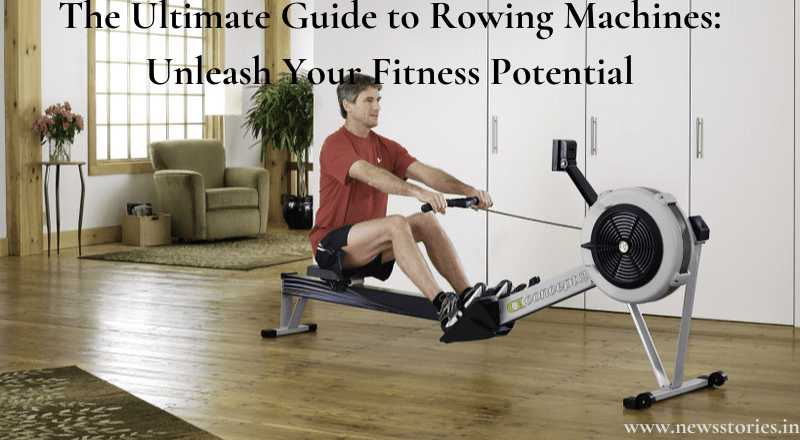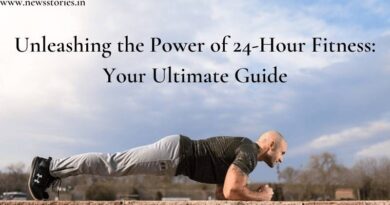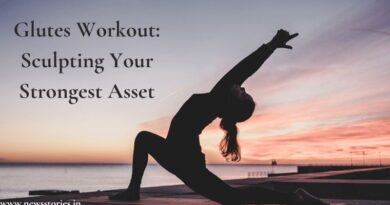The Ultimate Guide to Rowing Machines: Unleash Your Fitness Potential
Introduction
Are you prepared to advance in your quest for fitness. Look no further than the versatile and effective rowing machines. A rowing machine, also known as an ergometer or erg.
It is a fantastic piece of equipment that simulates the action of rowing a boat. Not only does it provide a full-body workout, but it also offers a low-impact exercise option that is gentle on your joints.
In this comprehensive guide, we will dive deep into the world of rowing machines. Whether you’re a beginner or a seasoned fitness enthusiast. This article will provide you with everything you need.
To know to make the most of your rowing machine workouts. From understanding the benefits of rowing machines to learning proper technique. And exploring various workout programs, we’ve got you covered.
Rowing Machine: Exploring the Basics
Before we dive into the nitty-gritty details of rowing machines, let’s start with the basics. Understanding the different components and types of rowing machines will help you make an informed decision. When choosing the right one for your fitness goals.
What is a Rowing Machine?
A rowing machine is a fitness device that simulates the motion of rowing a boat. It consists of a sliding seat, a handle attached to a chain or strap, and a resistance mechanism. The resistance can be generated through air, water, magnetic, or hydraulic systems. Each type offers unique advantages and features.
Benefits of Rowing Machines
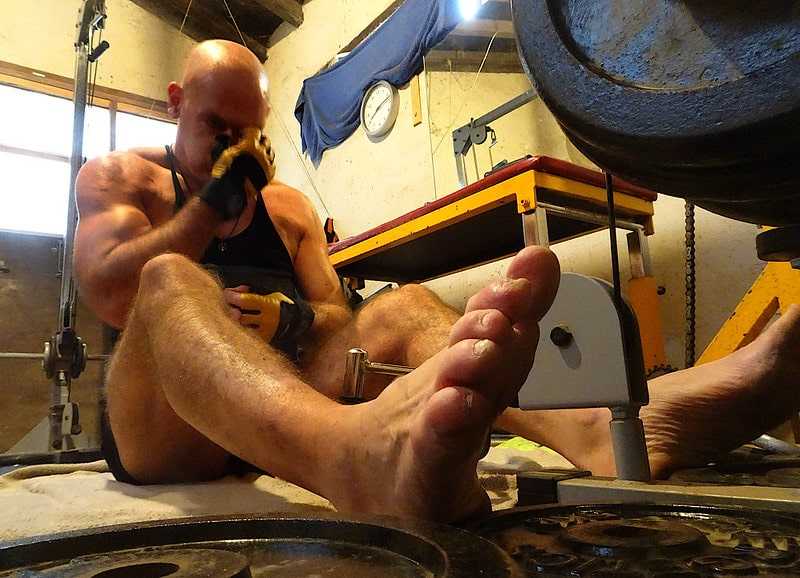
Rowing machines provide a multitude of benefits that make them a popular choice for fitness enthusiasts. Here are some of the key advantages of incorporating rowing machine workouts into your fitness routine.
Full-Body Workout: Rowing engages multiple muscle groups, including the legs, core, arms, and back. It offers a comprehensive workout that targets both your upper and lower body simultaneously.
Low-Impact Exercise: Unlike running or other high-impact exercises, rowing is gentle on your joints. The fluid and controlled motion of rowing reduces the risk of injury. While still providing an effective workout.
Cardiovascular Fitness: Rowing is a fantastic aerobic exercise that gets your heart pumping and improves cardiovascular endurance. Regular rowing machine workouts can enhance your lung capacity and overall cardiovascular health.
Strength and Toning: Rowing builds strength and tones muscles throughout your body. It specifically targets the back, shoulders, arms, and legs, helping you achieve a lean and sculpted physique.
Weight Loss and Calorie Burning: Rowing is a highly efficient calorie-burning exercise. It can help you shed unwanted pounds and maintain a healthy weight. When combined with a balanced diet.
Types of Rowing Machines
Rowing machines come in various types, each offering unique features and benefits. Let’s explore the most common types of rowing machines available.
Air Resistance Rowing Machines: These rowers use a flywheel to create resistance. The resistance level increases as you row harder and faster. Providing a dynamic and challenging workout.
Water Resistance Rowing Machines: Water rowers mimic the sensation of rowing on water by utilizing a water-filled tank. The resistance is determined by the speed and intensity of your rowing strokes. Providing a smooth and realistic rowing experience.
Magnetic Resistance Rowing Machines: Magnetic rowers use adjustable magnets to control the resistance. They offer a quiet and smooth operation, making them suitable for home use.
Hydraulic Resistance Rowing Machines: Hydraulic rowers use pistons or cylinders filled with fluid to create resistance. They are compact and lightweight, making them a popular choice for home gyms with limited space.
Proper Technique: Mastering the Art of Rowing
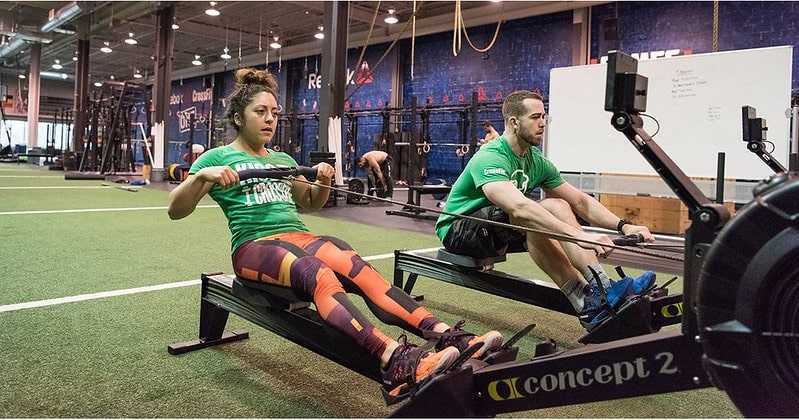
To maximize the benefits of your rowing machine workouts and prevent injuries. It’s crucial to learn and practice proper rowing technique. Mastering the art of rowing involves a combination of body positioning, stroke sequence, and rhythm. Follow these steps to ensure you’re rowing with proper form.
Foot Placement: Start by placing your feet securely on the footrests. Straps should be tightened to keep your feet in place throughout the rowing motion.
Seat Positioning: Sit on the rowing machine with your knees bent and shins vertical. Ensure that your body is in a comfortable position, leaning slightly forward.
Grip: Place your hands shoulder-width apart and take the handle with an overhand grip. Relax your grip, and avoid gripping too tightly to prevent unnecessary strain on your hands and forearms.
The Catch Position
This is the starting position of the rowing stroke. Extend your arms fully, leaning forward from your hips. Your knees should be bent, and your shins vertical. Maintain a straight back and tighten your abdominal muscles.
The Drive: Initiate the drive by pushing through your legs while keeping your arms extended. As you extend your legs, lean back slightly, engaging your core and leaning your upper body back.
The Finish: Once your legs are fully extended, pull the handle towards your upper abdomen. Bending your elbows and bringing them behind your body. Your shoulders should be relaxed and away from your ears.
The Recovery: Reverse the motion by extending your arms forward, leaning your upper body forward, and bending your knees. Return to the catch position smoothly and repeat the stroke.
Remember to maintain a smooth and controlled motion throughout the rowing stroke. Focus on your breathing, exhaling during the drive and inhaling during the recovery. Practicing proper technique will help you avoid unnecessary strain and optimize your rowing workouts.
Also Read : https://newsstories.in/the-ultimate-guide-to-sun-salutations-surya-namaskar/
Rowing Machine Workouts: Designing an Effective Routine
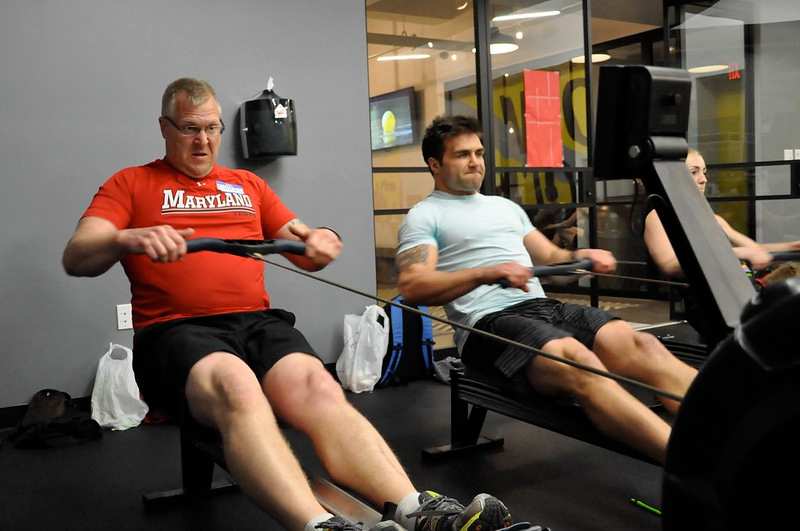
Whether you’re a beginner or an experienced rower. Having a well-designed workout routine is essential for achieving your fitness goals. Here are three sample rowing machine workouts to get you started.
Workout 1: Endurance Builder
Warm-up: Start with a 5-minute warm-up, rowing at a moderate pace.
Interval Training: Row at a challenging pace for 5 minutes, followed by 2 minutes of easy rowing for recovery. Repeat this interval for a total of 30 minutes.
Cool-down: Finish with a 5-minute cool-down, rowing at an easy pace to gradually lower your heart rate.
Workout 2: HIIT (High-Intensity Interval Training)
Warm-up: Start with a 5-minute warm-up, rowing at a moderate pace.
Intervals: Row at maximum effort for 1 minute, followed by 1 minute of active recovery (light rowing). Ten rounds of this cycle should be completed.
Cool-down: Finish with a 5-minute cool-down, rowing at an easy pace to gradually lower your heart rate.
Workout 3: Pyramid Workout
Warm-up: Start with a 5-minute warm-up, rowing at a moderate pace.
Pyramid: Row for 1 minute at an easy pace, then increase the intensity for 2 minutes. Followed by 3 minutes of moderate intensity. Continue this pattern.
Increasing the intensity for each interval up to 5 minutes. Then gradually decrease the intensity back down to 1 minute.
Cool-down: Finish with a 5-minute cool-down, rowing at an easy pace to gradually lower your heart rate.
Remember to adjust the intensity and duration of each workout based on your fitness level and goals. Consistency and progression are key to seeing results and improving your overall fitness.
Frequently Asked Questions (FAQs)
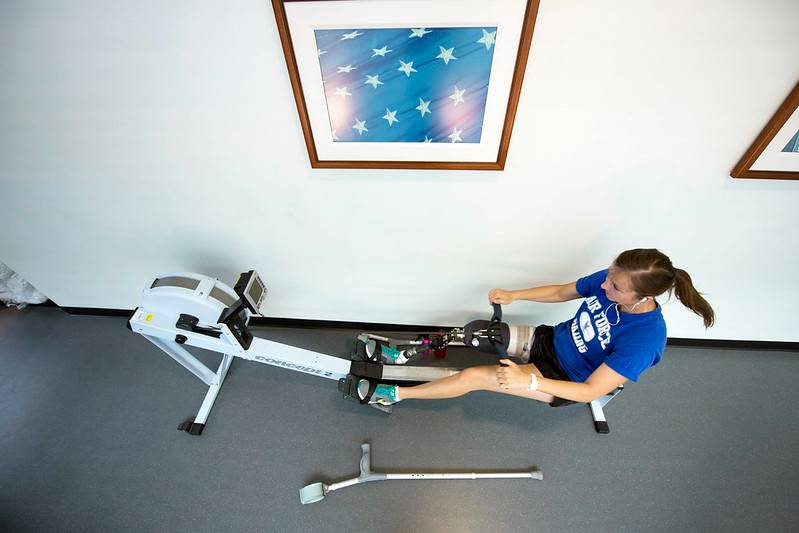
How many calories can I burn with a rowing machine workout?
Rowing machine workouts are highly effective for calorie burning. On average, you can burn between 300-800 calories per hour. Depending on your intensity and body weight.
Can rowing help with weight loss?
Yes, rowing is an excellent exercise for weight loss. It combines cardiovascular training with strength building, making it an efficient calorie-burning. Workout that can contribute to weight loss when combined with a balanced diet.
Is rowing suitable for people with joint issues?
low-impact activity that doesn’t put too much strain on your joints is rowing. It is generally safe for people with joint issues. But it’s always recommended to consult with a healthcare professional if you have specific concerns.
How frequently ought I to utilize a rowing machine?
The frequency of rowing machine workouts depends on your fitness level and goals. For general fitness, aim for at least three sessions per week. If you’re training for specific goals or events. You may need to increase the frequency under the guidance of a fitness professional.
Can rowing machines be noisy?
The noise level of rowing machines varies depending on the type and quality. Air and water resistance rowers tend to produce more noise. Due to the flywheel or water tank. Magnetic and hydraulic rowers, on the other hand, offer quieter operation.
How can I maintain my rowing machine?
Regular maintenance is crucial to ensure the longevity and performance of your rowing machine. Keep it clean by wiping down the seat, rail, and handles after each use. Check and tighten any loose bolts or screws. For lubrication and other maintenance procedures. Adhere to the manufacturer’s instructions.
Conclusion
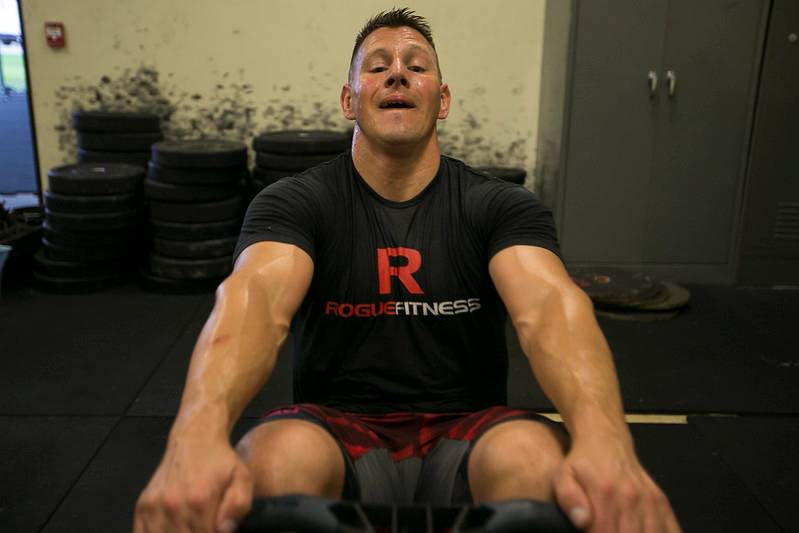
Incorporating a rowing machine into your fitness routine can unlock a world of health benefits. From full-body workouts and improved cardiovascular fitness to strength building and weight loss.
Rowing machines offer a versatile and effective way to achieve your fitness goals. Remember to start with proper technique, design a personalized workout routine, and stay consistent with your efforts.
So what are you waiting for. Grab hold of the handle, settle onto the seat, and experience the power of the rowing machine. Unleash your fitness potential and row your way to a healthier and stronger you.
<< Previous Post
>> Next Post

